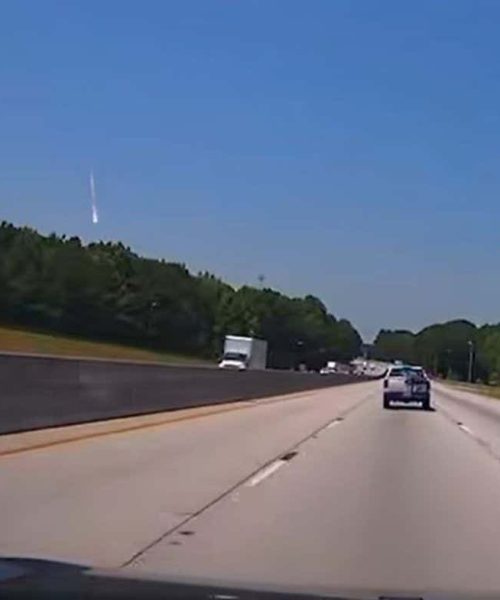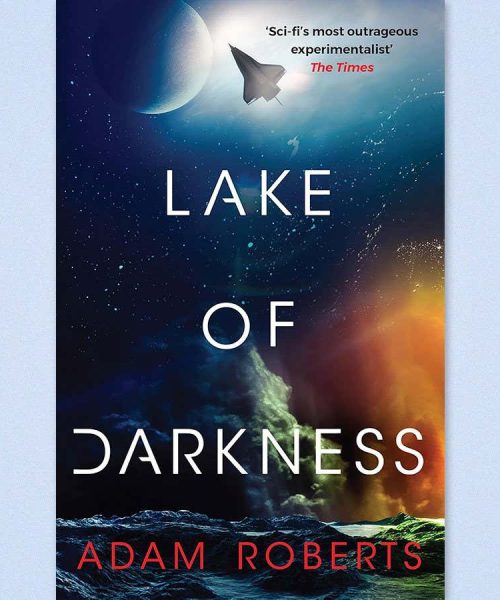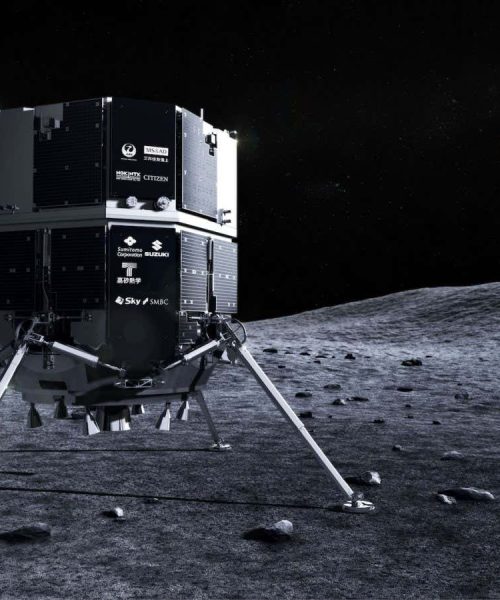
The Chang’e 6 lunar probe sits atop its rocket at the Wenchang Space Launch Center in China
VCG via Getty Images
The Chang’e 6 spacecraft is heading to the moon to bring back samples from its far side. The Chinese mission, which is due to blast off between 8.30am and 11.00am GMT from the Wenchang Space Launch Center on board a Long March 5 rocket, is the latest in a string of lunar efforts that will eventually lead to a planned crewed mission.
If Chang’e 6 is successful, it will mark China’s second sample-return mission to the moon and the first time that dust from the lunar far side has ever been collected and returned to Earth.
Advertisement
Landing on the far side of the moon, which never faces Earth, is more complicated than doing so on the near side. We can send signals directly to spacecraft on the near side, but landing on the far side requires communications satellites to relay signals around the moon. In preparation for this and other missions, China has sent two such satellites into lunar orbit.
The Chang’e 6 spacecraft was built as a backup for Chang’e 5, which sent samples back from the near side of the moon in 2020. The protocol for this mission is the same as the last one: once the spacecraft reaches lunar orbit a few days after launch, a lander and ascent module will detach and drop to the surface, targeting a crater near the moon’s south pole.
The lander has four scientific instruments – one each from France, Italy, Pakistan and Sweden – to study the area around its landing spot. It is also equipped with a drill and a scoop intended to grab about 2 kilograms of lunar material to be stowed away in the ascent module.
Once the mission is complete, the ascent module will blast off, reunite with the orbiter and head back towards Earth. If all goes as expected, the mission will last 53 days – 30 days longer than Chang’e 5.
These samples could be crucial to our understanding of the history of the moon, Earth and the entire solar system. They should help us understand the many asteroids and asteroid bits that smashed into Earth and the moon about 3.9 billion years ago, during a period known as the Late Heavy Bombardment, and could also explain why the rocks on the far side of the moon are different from those on the near side.
Chang’e 6 is the beginning of “phase IV” of China’s planned moon exploration programme, which is expected to consist of two more robotic missions, including a small flying probe. After that, plans are to begin sending crewed missions to the moon and possibly even build a permanent lunar base.
Topics:





